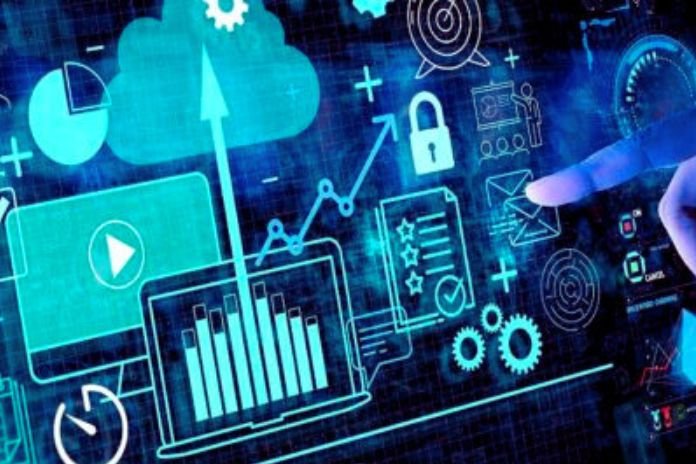Customer Data Platform: You already know how people consume and relate to brands has changed over the years; everything is done with greater intensity and even more speed after the 2020 pandemic.
Having good digital strategies, using data in favor of and anticipating customer needs are survival items. However, meeting these expectations is a challenging task for companies. Consumers interact from multiple devices and channels, all available in real-time, at their fingertips, quickly and dynamically. If, within your company, you are collecting these interactions and storing them in multiple systems that do not connect and do not talk to each other, the challenge of providing satisfactory experiences for the consumer will be greater and greater.
But this is not an exclusive pain. Every organization concerned with data quality and with strategies for its use is faced with the challenge, and it was in this wave that the first CDP (Customer Data Platform) technologies emerged. A great resource for data mining and categorization, an asset to marketing and business teams.
But After All, What Is CDP?
He is your biggest partner in the implementation of the Customer-Centric methodology! The Customer Data Platform (CDP) is a technology that collects and combines third-party (client-owned) data from multiple sources to create a single view of your customers, enabling segmentation capabilities and more personalized campaigns.
Do We Need This Here At The Company?
To understand the benefits CDP software would bring the business, it is first necessary to understand that decentralized consumer/customer data impedes its growth.
The wide variety of channels and data types has resulted in a boom in customer information. This much data is typically collected by separate systems and stored in silos, making it difficult to interpret.
This data covers everything from anonymous ad impressions to known purchases, product usage, and customer service interactions. There are three main types of customer data:
- Behavioral: Generated from interactions with certain services/products of the company from a device connected to the internet. This type of data tracks which websites have been visited, apps downloaded, games used, etc.
- Demographics: This is socioeconomic information such as age, gender, marital status, occupation, education, and interests.
- Transactional: Data that record purchases, agreements, payments, subscriptions, registrations, reservations, and other formal transfers between an individual and an organization.
So, the big problem with having a scenario where data is stored in silos is that it makes it difficult to interpret who your customers are, what they want, and where they are, making the approach to offering your products and services very deficient.
An Ally For Marketing, Sales, And Service
CDP technology analyzes multiple sources and delivers insights, recommendations, and a holistic view of each customer’s profile. Consumers are looking for personalized experiences and the only way to meet they expect to have the ability to interpret and use data in favor of this relationship.
The platform will then be responsible for this interaction through the points:
- Marketing: Approach all channels with relevant campaigns that increase the likelihood of conversion, provide a competitive advantage, and increase the ROI of marketing actions.
- Sales: Build detailed segments and customize sales engagements with contextual information such as loyalty status, purchase frequency, spending, and recent purchases to optimize each sales opportunity.
- Care: Equip care agents with 360-degree customer profiles to provide proactive, omnichannel support, making customers feel understood and valued.
Understanding The Benefits Of CDP
The software can deliver numerous benefits to your organization, with emphasis on the following:
- AI and machine learning: Unless you have a dedicated in-house team of AI experts, advanced AI and machine learning capabilities like natural language processing, predictive recommendations, and intelligent insights are cost-prohibitive to develop and implement independently. These features are built into some CDPs and provide the added benefit of more accurate predictions and insights that would otherwise be impossible to detect.
- Collaboration: CDP provides a central, accessible, and actionable source of customer data that multiple departments can leverage to help grow their business. From marketing to sales, customer service, and business intelligence, a single, accurate source to drive growth.
- Flexibility and agility: The power of flexibility to respond to consumer behavior and trends and quickly transform the offer.
The Difference Between CDP And CRM
Both collect customer data; while CDP builds a profile compiled with information from multiple online and offline platforms, the CRM stores “first-party data,” which is basic and primary data, and direct customer interactions.
Not knowing your consumer can indicate your weakness in the face of competition in your market. Without mastery of information, your campaigns may be unable to impact and engage those you want.
Now that you know about CDP’s role and the importance of using its resources to achieve more efficiency in your Digital Marketing strategies, contact us. We’ll introduce you to the next step in adopting technology and exploiting the data you already have.
Also Read: Customer Journey Challenges: 10 Points You Can’t Ignore












